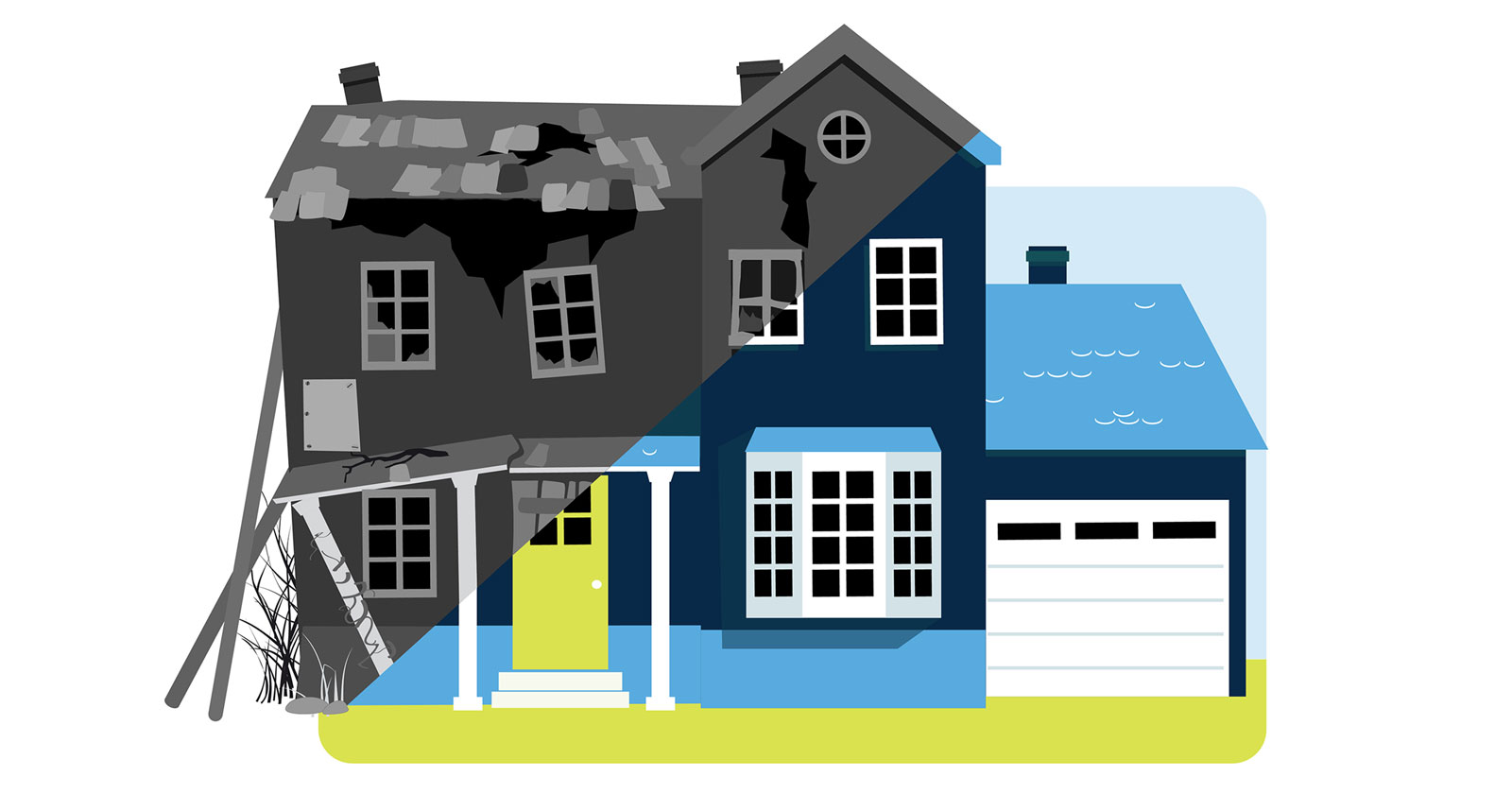Over the second half of 2024, many economic insecurities have stabilized, including inflation and interest rates–with a recent Fed Summary of Economic Projections (SEP) forecasting rates falling below 4.375% by the end of the year. These developments have led consumers back to the market and made the upcoming year potentially one of the most lucrative opportunities for savvy investors.
However, fix and flip success comes with contingencies. Investors who don’t take the time to understand the market and formulate a plan often fall face first. On the contrary, a meticulous house-flipping business plan garners business and financial success. And, at the forefront of any successful business plan is a thorough fix and flip project analysis.
What is a Fix and Flip Project Analysis?
A thorough fix and flip project analysis helps investors identify:
- Overall project costs
- Margins
- Potential holding times
- Maximum allowable offer
- Market demand
- and ROI potential
Luckily, calculating a home’s ROI potential is simple and does not require complex mathematical calculations. Below, Finance of America Commercial (FACo) provides the formulas needed with step-by-step instructions to calculate the ROI for flipping any house:
House Flipping Calculator: Determining Profit & ROI Potential
To accurately calculate an investment property’s profit and ROI potential, first, you have to determine its After Repair Value (ARV) and project costs.
After Repair Value (ARV)
Project Costs
With a thorough walkthrough, a trusted and skilled home inspector can most accurately determine the extent of repairs needed to bring a home to market. From there, you can form an honest estimation of all renovation costs, including contingencies–setting aside $5,000 to $20,000 for unexpected costs.
It’s important to remember, a property’s purchase price, purchasing costs, holding costs, and selling costs are all included in the project costs. Once you have estimates, add the costs together to find the overall project costs.
Project Costs Formula = Purchase Price + Purchase Costs + Holding Costs + Rehab Costs + Sales Costs
Profit Potential
Now it’s time to find out whether a property will be profitable after renovations. You can find a property’s profit potential by subtracting its ARV from its total project costs.
Profit Potential = ARV – Project Costs
It’s smart to have a minimum profit in mind while researching properties. Setting a hardline profit margin simplifies decision-making when deciding whether an investment is worthwhile. On average, fix and flip investors aim for a minimum profit margin between $15,000 and $20,000.
ROI Potential
ROI potential, unlike profit potential, is a ratio rather than a number (i.e., $15,000 profit potential). To find the ratio, divide the home’s profit potential by the overall project costs.
ROI Potential = Profit Potential / Project Costs
In fact, in the second quarter of 2024, investors averaged over a 30% ROI on fix and flip investments. To put that into perspective, a 30% ROI on a $200,000 investment would net a $60,000 profit–not bad for a single investment.
Additional Fix and Flip Analysis Numbers to Consider
- Avoid money pitfalls
- Enhance your property search
- Find worthwhile investments
- Achieve ROI and business success
However, many house-flipping companies and seasoned investors like to kick their house-flipping business plans up a notch with additional fix and flip analysis formulas.
If you’re looking to further minimize risk, streamline decision-making, and improve your chances at success, look to incorporate the following formulas into your analysis:
Rate of Return
Rate of Return (RoR) helps investors determine a home’s ROI over a specific timeframe–usually a year. Divide the property’s ROI potential by its holding days (the time you expect to own the property).
ROR = ROI Potential / Holding Days x 365 (one year)
Maximum Allowable Offer
When searching for an investment, have an offer price you refuse to go over. This number is the maximum allowable offer (MAO) on the investment. To find this, you can use the 70% Rule Formula.
70% Rule Formula: MAO = (ARV x 70%) – Rehab Costs
Days on Market
Like ARV, investors can turn to CMA and SCA analysis to estimate an investment DOM based on trends of similar homes in the market. Determining an investment’s average days on the market is essential for investors working in neighborhoods with expensive HOA fees or property taxes.
Additionally, if you’re stuck with a lender offering high-interest, unreliable funding, it’s important to understand how long it may take to reap the financial benefits of your investment.
Finance of America Commercial: Reliable Funding for Fix & Flip Success
Our fix and flip financing includes:
- Flexible short-term options
- SFR, 2-4 units, townhomes, and condos eligible
- No pre-payment penalties
With streamlined, common-sense underwriting processes and expert relationship managers, FACo provides the knowledge, tools, and capital to help you formulate and orchestrate a successful and lucrative house-flipping business plan.
Ready to make the most of your fix and flip investment? CLICK HERE to get started today.




